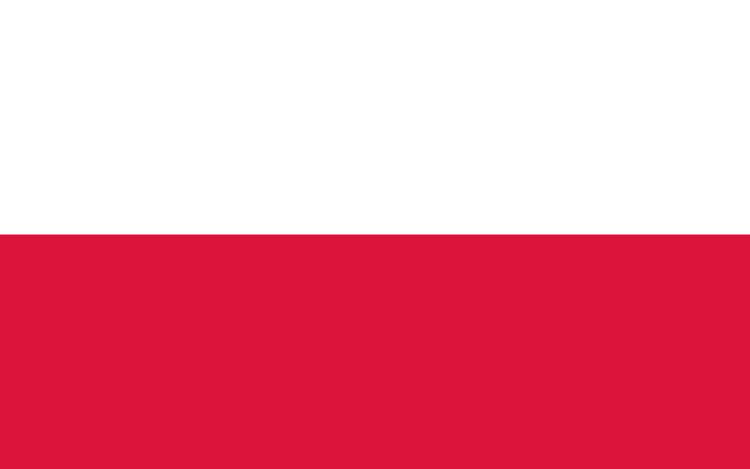1990–1991 → Local councils suspended 3 September 1991 1990 215,000 | Self-proclaimed autonomy 6 September 1990 1990 4,930 km (1,903 sq mi) Capital Naujoji Vilnia | |
 | ||
The Polish National-Territorial Region (Polish: Polski Kraj Narodowo-Terytorialny) was an autonomous region in Lithuania, self-proclaimed by the local Poles on 6 September 1990. The region included the districts of Vilnius (Polish: Wilno) (the district surrounding but not including Vilnius) and Šalčininkai, where Poles formed the majority of the population. This Eastern part of Lithuania had been part of Poland (from 1922) before being attached to Lithuania under the Mutual Assistance Treaty with the Soviet Union in 1939. The autonomous region had its capital in Naujoji Vilnia (Polish: Nowa Wilejka) which had 34% Polish population. with an area of 4,930 km² and population of 215,000. The Polish autonomist movement (the leaders of which included Jan Ciechanowicz) was related to the Yedinstvo movement and had tacit support from Moscow (thus, when following the Act of the Re-Establishment of the State of Lithuania the Soviets applied a blockade against Lithuania, the areas of Eastern Lithuania with significant minority population were mostly spared of the blockade, with the aim of gaining the minority's support for Moscow). In the region, the Polish Red-and-White flags were used as official flag and Rota was used as an anthem in the region.
The Lithuanian government declared the formation of the Polish autonomous district in Lithuania unconstitutional. After the August Coup of the Soviet hardliners had failed, the Lithuanian parliament suspended on 3 September 1991 the democratically elected local councils that had sought autonomy or secession from Lithuania.
